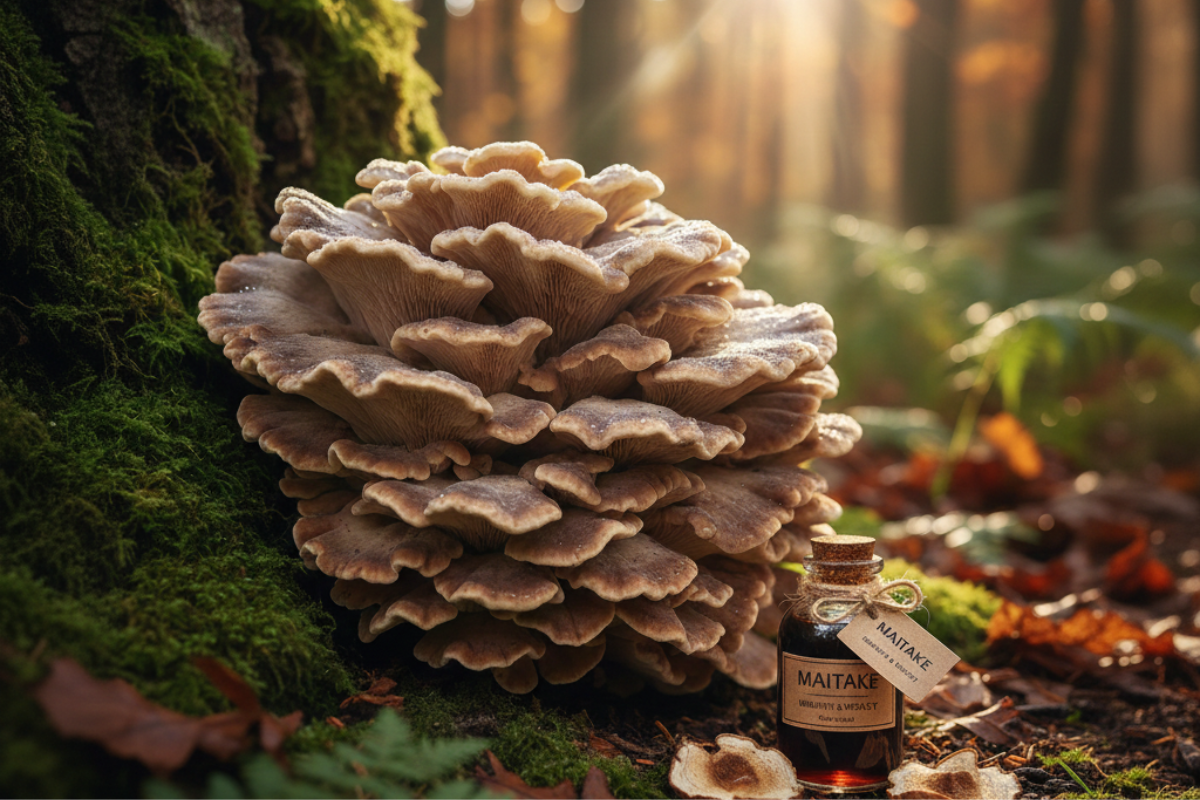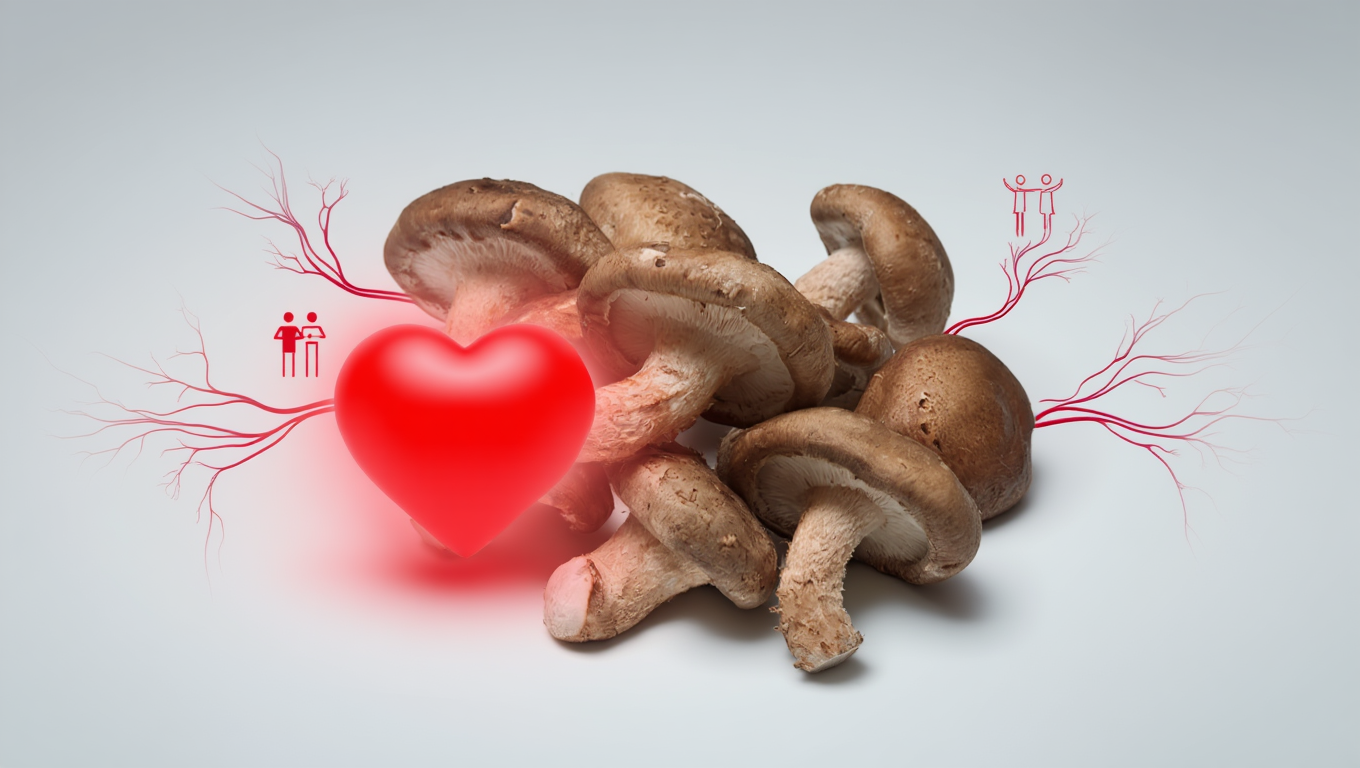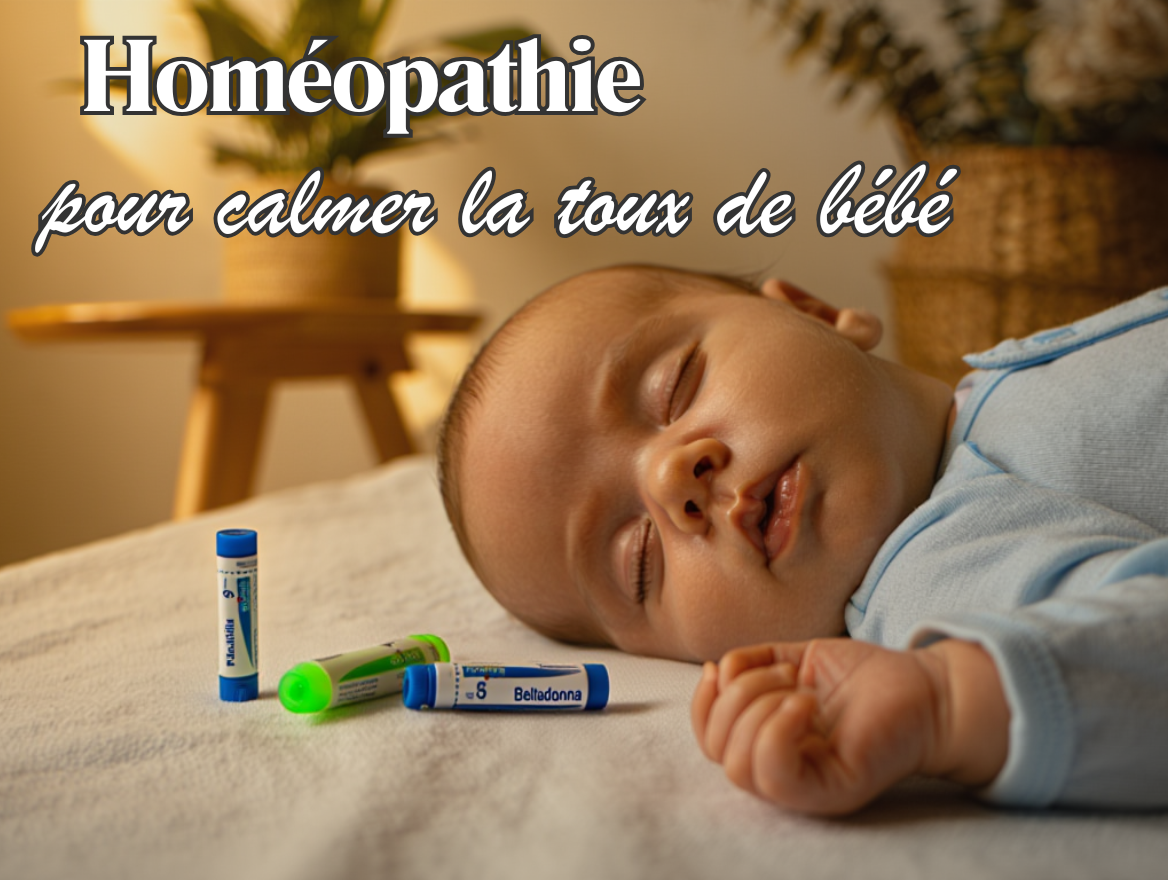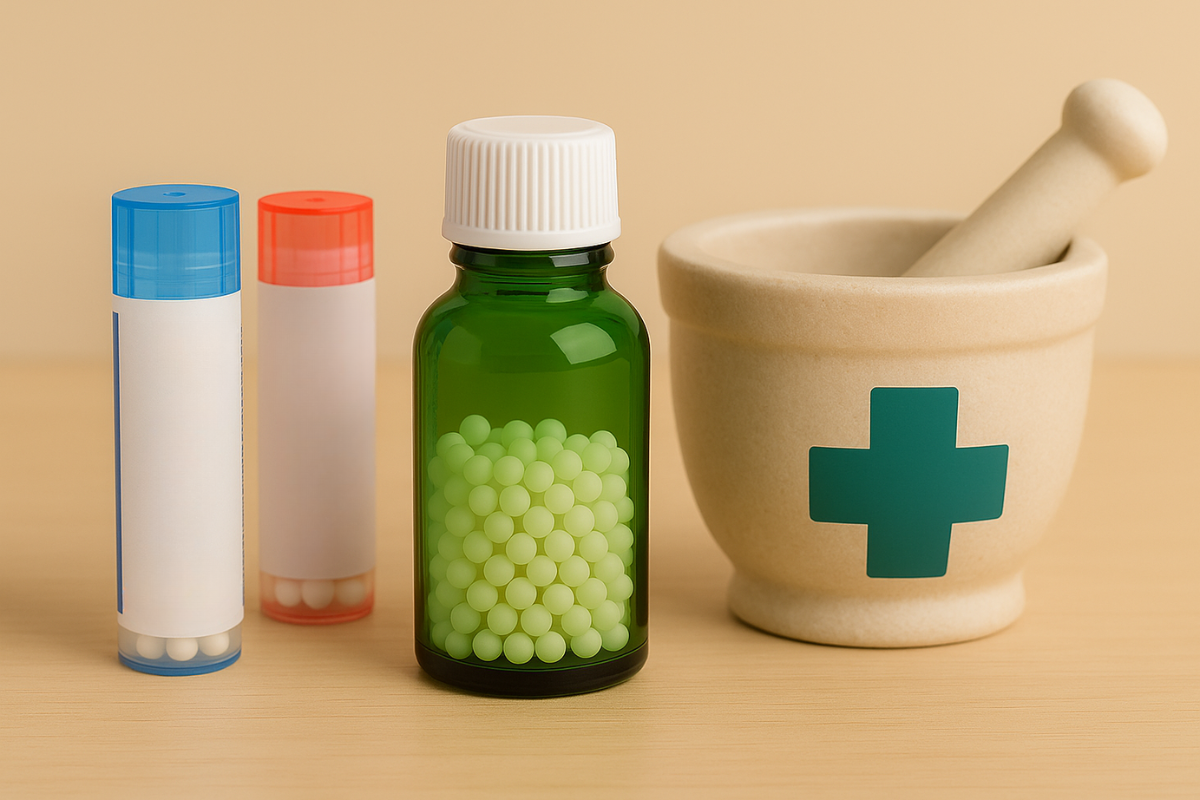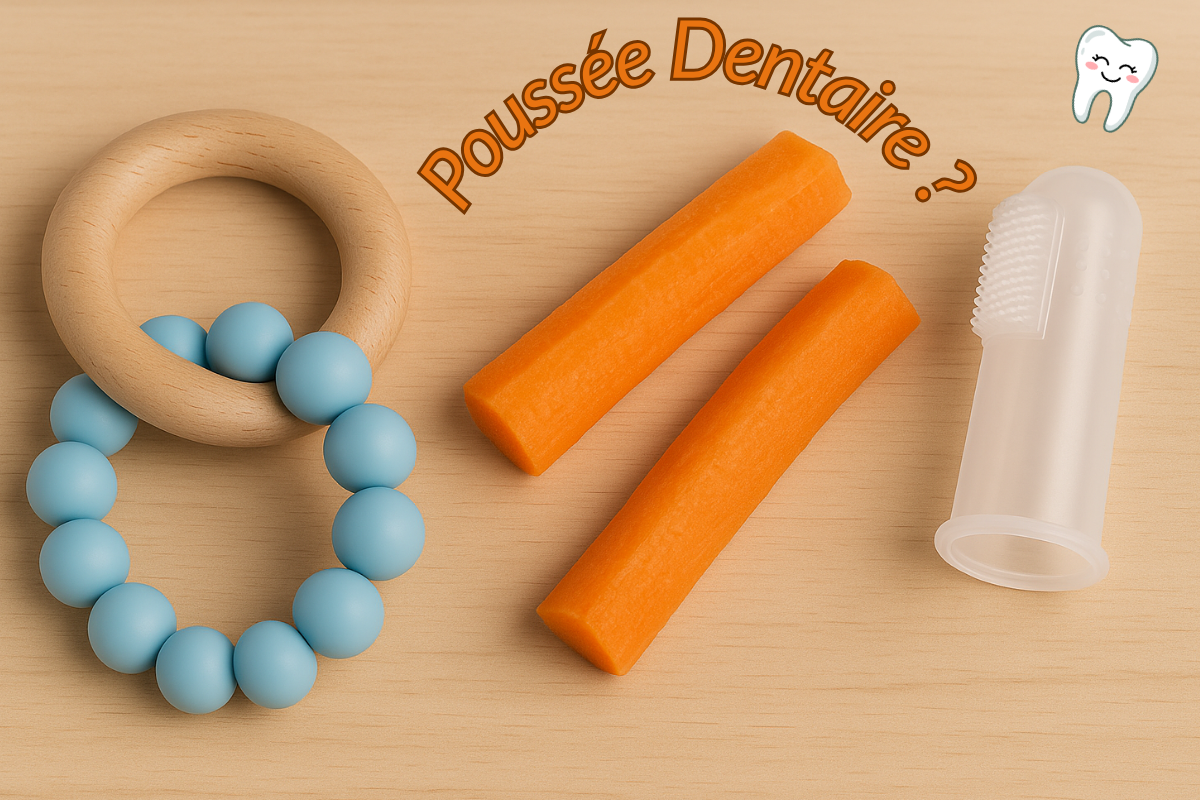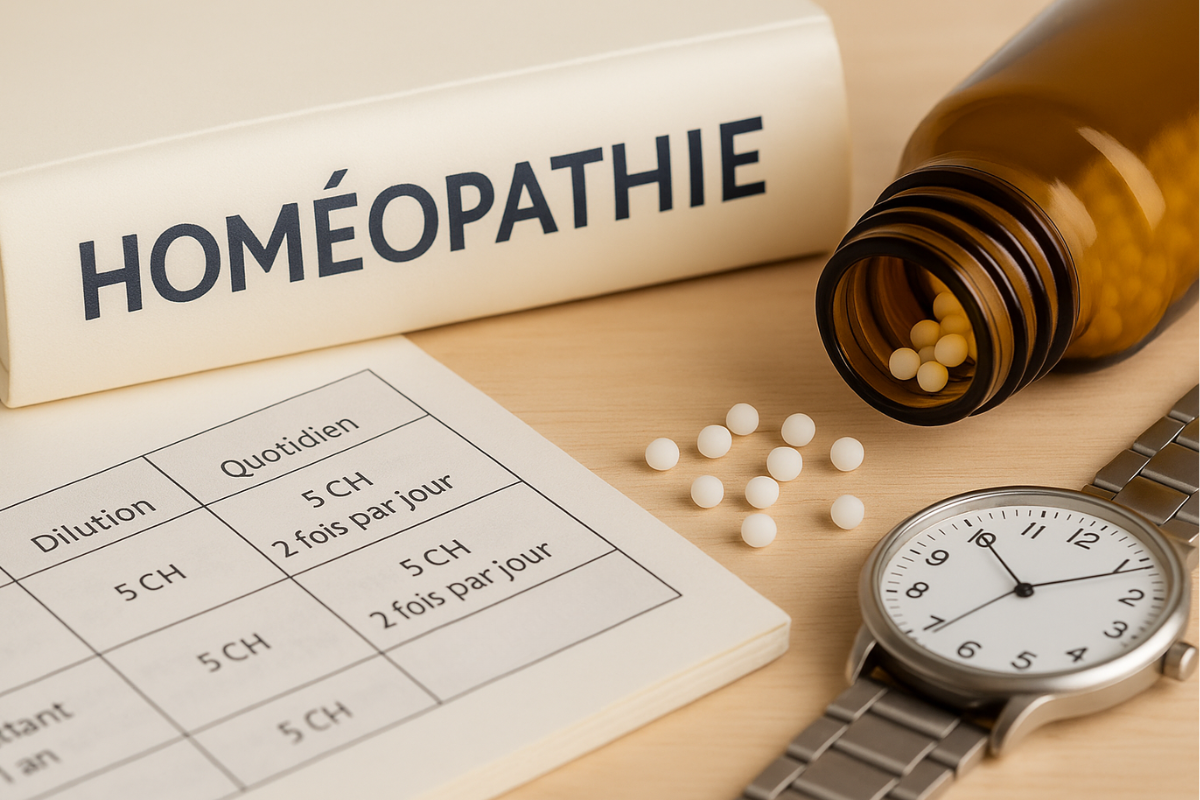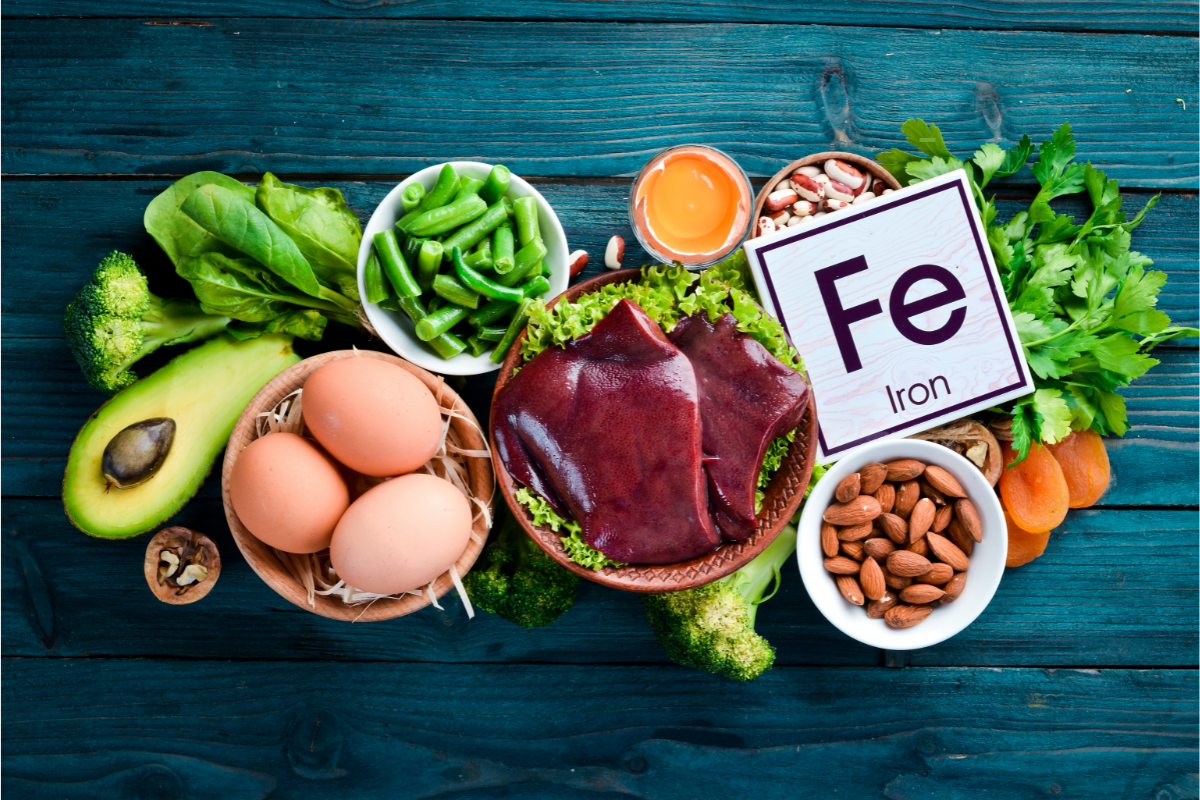Everything you need to know about homeopathy to relieve baby’s cold
The common cold is almost always part of a baby’s daily routine: it interferes with breathing, disrupts sleep and affects the child’s general comfort. Homeopathy offers an approach that many parents prefer, as it offers non-toxic remedies based on the individual symptoms of each baby. The aim of this method is to stimulate the body’s … Read more


